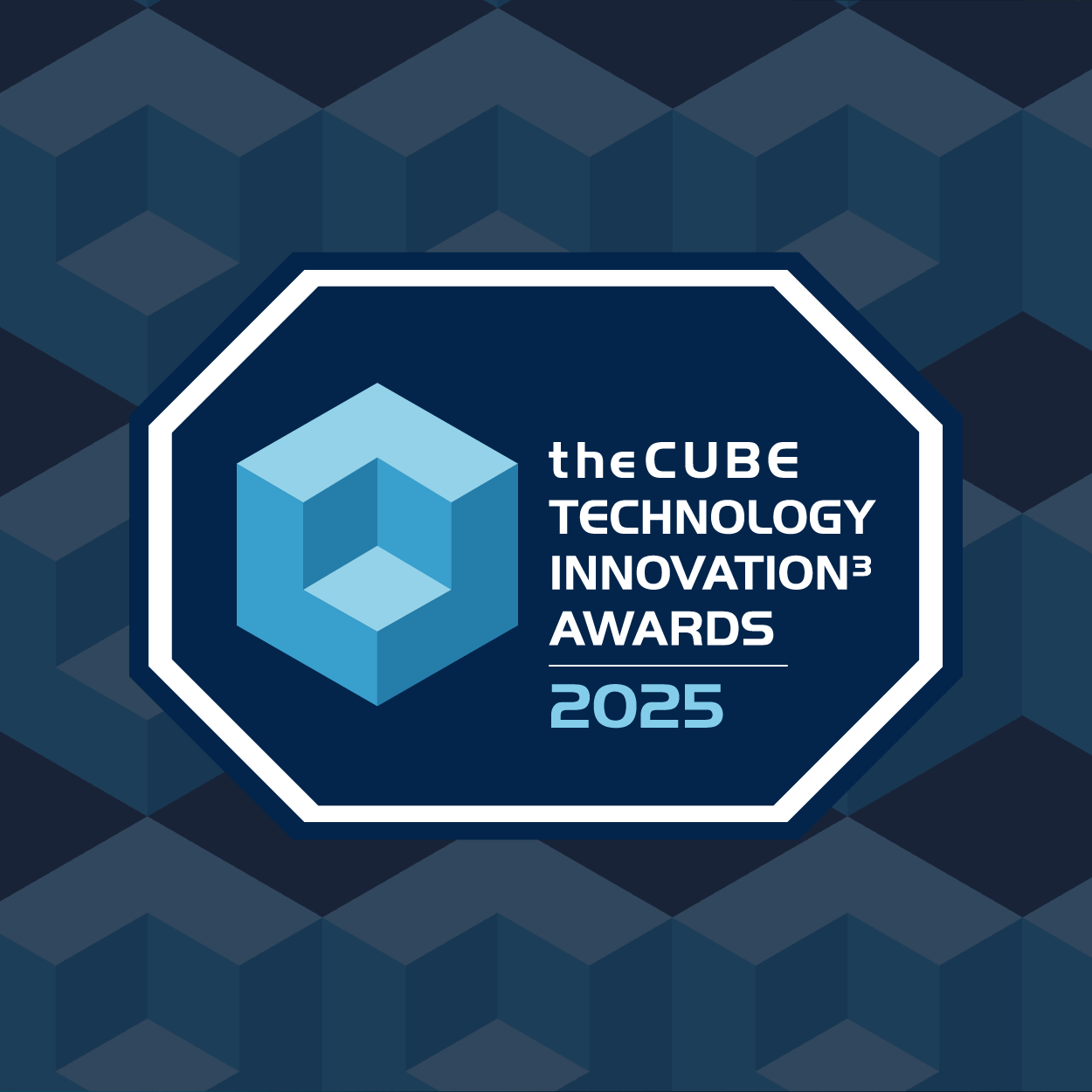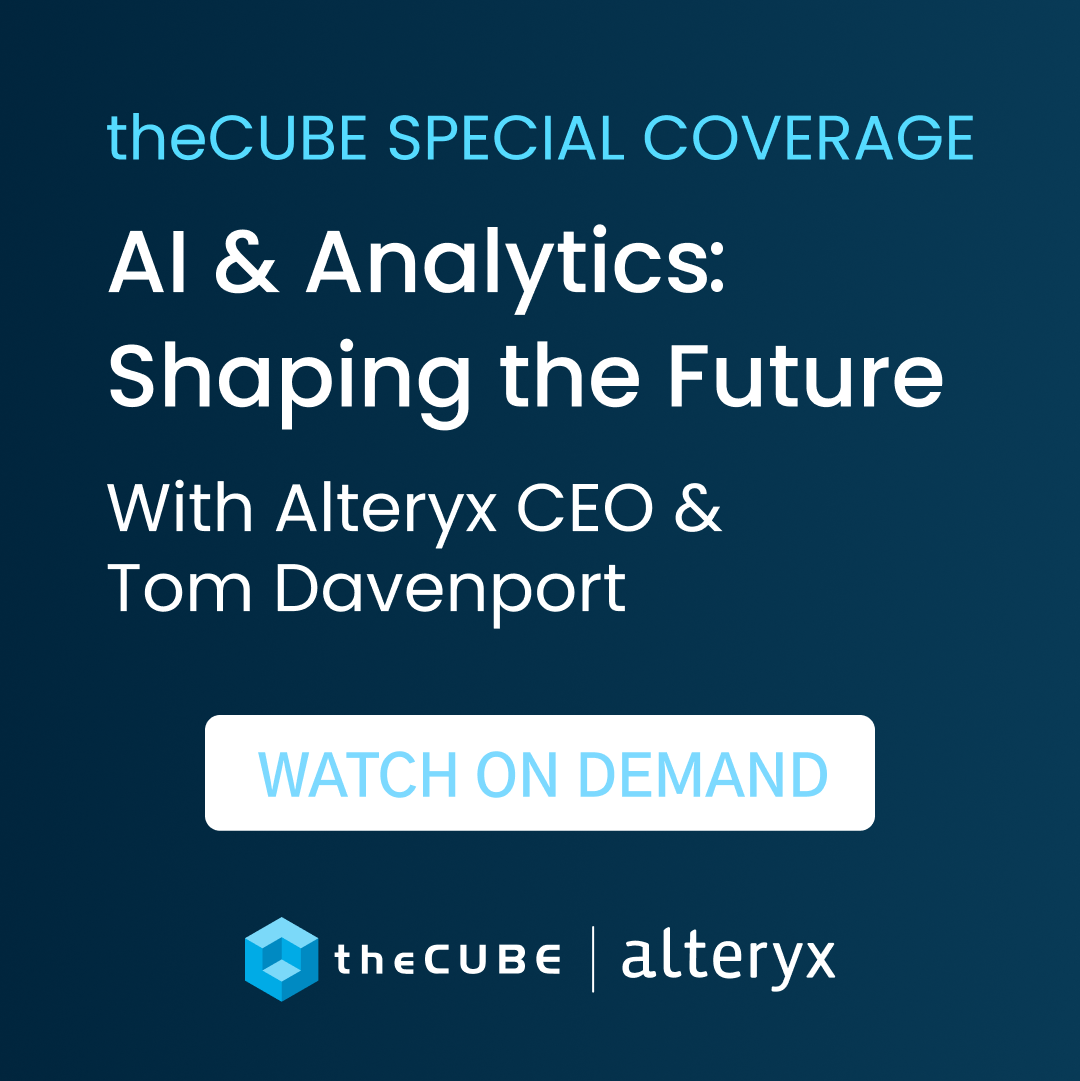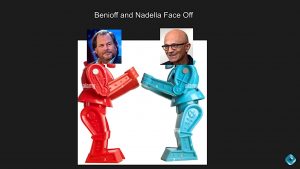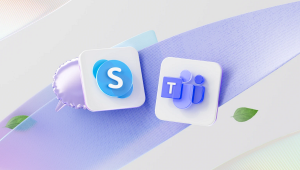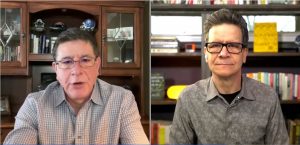HP’s Cloud and Big Data Priorities
![]() As part of Silicon Angle’s continuous coverage of HP Discover, Dave Vellante spoke with Chris and Greg Tinker, HP Discover Master Technologists, about trends in Cloud and Big Data.
As part of Silicon Angle’s continuous coverage of HP Discover, Dave Vellante spoke with Chris and Greg Tinker, HP Discover Master Technologists, about trends in Cloud and Big Data.
The Tinker’s noted the big issue for customers as they grow their businesses is the new options to consider in light of cloud convergence. Clients must determine whether to stay with traditional IT departments or move into the cloud environment. HP’s main goal with this new direction is to provide data protection.
Virtualization changes the notion of data protection, making it a double-edged sword. While it enables new process, it brings new challenges concerning data availability. Chris notes: “Any kind of interruption of business could occur if, for example, a user administrator made a simple mistake.”
As customers merge data down into one hardware platform, the importance of a technology support partner like HP becomes crucial. With new converged infrastructures, the main tasks for these support teams has been identifying problems such as outage. It’s difficult for customers to identify problems when, as Vellante suggests, a security incident occurs in a virtualized environment, and “they don’t know physically what’s connected to what.” Greg notes: “most customers although they say they do, actually don’t know their infrastructure from soup to nuts.” Chris explains that when hosts can’t access data, the next question becomes: “Where in the stack is that issue?” When most clients call they don’t know how to ask the right questions to define the decision tree to tackle the problem.
Vellanted also explains how quick and dramatic changes in the hybrid cloud have been: “A year ago, basically no one was doing hybrid cloud. And, now today everyone’s doing hybrid cloud.” Most people are moving to hybrid, leveraging third party hardware and legacy hardware and solutions. When it comes to cloud usage, Chris suggests the business model determines the ideal approach. For example, “there are certain types of engineering [and] certain types of labs that you probably just don’t want to put in the public.” Greg adds: “very rarely does one solution fit the entire portfolio of a given client….hybrid will suit them for years to come.” Just last year, “cloud” was only a buzzword, now it is an industry standard. Greg suggests that many customers had already been using cloud technology, whether they realized it or not, but they just didn’t know to call it that.
According to Greg, HP’s goal concerning the cloud is to standardize it, putting a “national model around it…so it can be easily replicated and growth can easily be achieved.” Chris added that HP is creating cloud orchestration software that allows users to build and deploy systems at the click of the button, significantly reducing the weeks of time it formerly took to provision the storage and handle processes like zoning and network administration. Simply put, Greg suggests his team’s role at HP is to reduce complexity. They aim to create a simple dashboard interface that mitigates risks.
The panelists also briefly discussed conversion network adapters. According to Vellante, there wasn’t much to say as “CNA is a no-brainer.” Vellante and Chris explained that CNA cuts connection and infrastructure in half, while reducing power requirements.
Vellante also inquired about HP’s customer concerns with Big Data. Chris suggests the most important concern has been performance when a client wants to scan terabytes of data as quickly as possible. The HP team spends a lot of time working with coders for Hadoop and Vertica to understand latest strategies. Greg notes that when it comes to performance, the main concern is pulling the data in and utilizing plug-ins that allow the team to pull the data out of Oracle.
The quick speed at which clients want massive amounts of data is a challenge. Chris suggests that there really isn’t “real-time” service, but “near-time.” Vellante cited a quip by John Furier: “Real-time” is before you lose the customer.” The goal is to shave down microseconds to improve the company’s bottom line. Concerning, latency Vellante noted a CEO who suggested: “For every millisecond we can shave off our application performance it’s a $100 million dollar to the bottom line a year.”
Chris and Greg have backgrounds in mathematics, mechanical engineering and physics. They saw computer science as a hobby until it became a passion. Their objective at HP from an engineering perspective is to better the company’s business strategy by harnessing the latest technology.
A message from John Furrier, co-founder of SiliconANGLE:
Your vote of support is important to us and it helps us keep the content FREE.
One click below supports our mission to provide free, deep, and relevant content.
Join our community on YouTube
Join the community that includes more than 15,000 #CubeAlumni experts, including Amazon.com CEO Andy Jassy, Dell Technologies founder and CEO Michael Dell, Intel CEO Pat Gelsinger, and many more luminaries and experts.
THANK YOU

